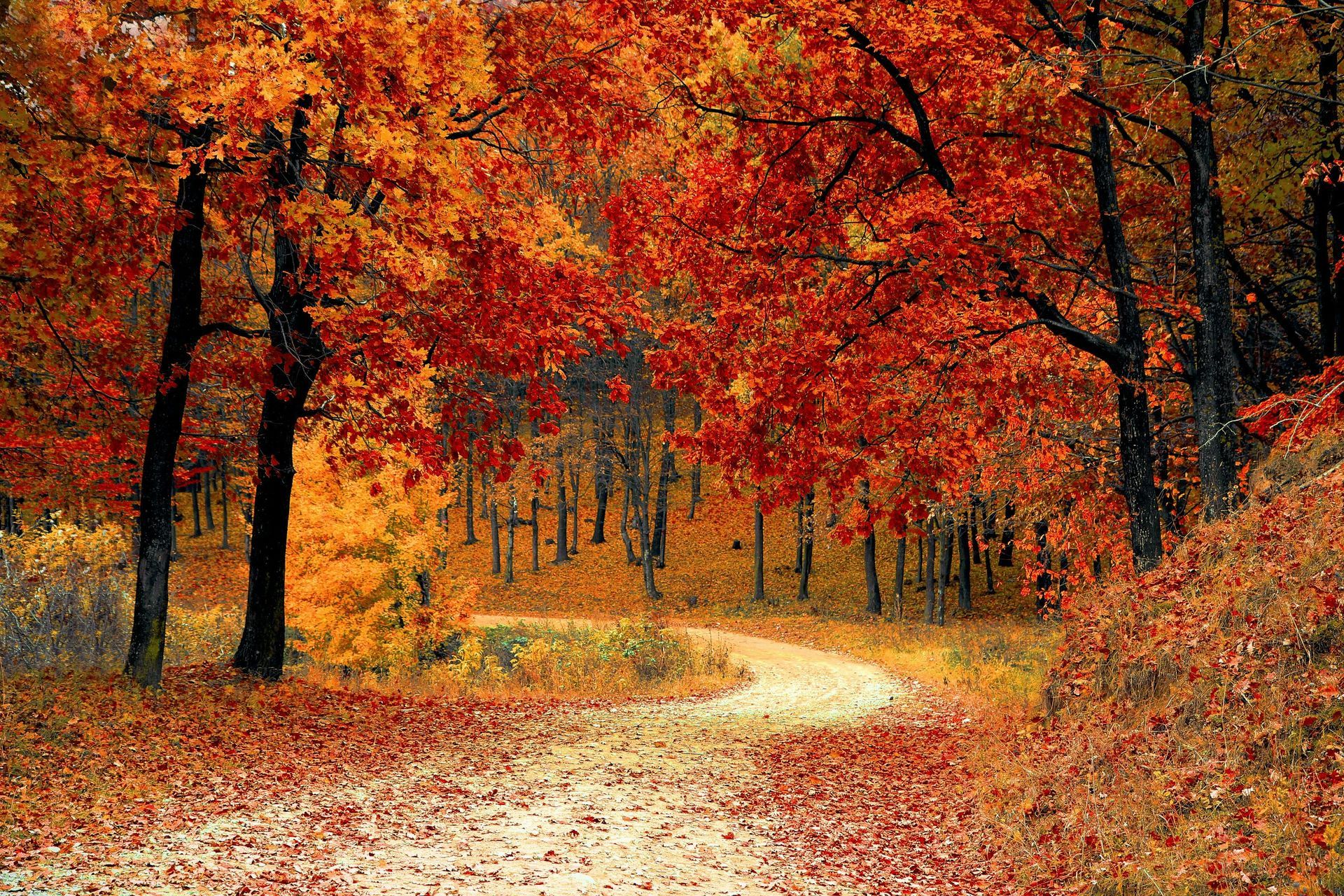Fricke's Tree Service
Caring for Your Trees This Winter: A Warm Guide
Winter Tree Care Tips: Protecting Trees from Freezing Temperatures
As winter approaches, it's essential to take proactive steps to protect your trees from the harsh effects of freezing temperatures. Proper winter tree care not only ensures the health of your trees but also enhances the beauty of your landscape. In this blog post, we will explore effective strategies to safeguard your trees during the cold months and help them thrive when spring arrives.Understanding the Impact of Winter on Trees
Winter can be a challenging season for trees. The combination of freezing temperatures, snow, and ice can lead to various issues, including:- Frost Damage: Sudden temperature drops can cause frost damage to tree buds and branches, which may hinder their growth in the following seasons.
- Desiccation: Cold winds can dry out tree tissues, leading to dehydration and making trees more susceptible to diseases.
- Weight of Snow and Ice: Accumulation of snow and ice can break branches or even topple trees, especially those that are weak or improperly pruned.
Essential Winter Tree Care Tips
1. Watering Before Winter
Ensure your trees are adequately hydrated before the ground freezes. Watering in late fall helps trees store moisture, which is crucial for their survival during winter. Here’s how to do it:- Water deeply to reach the root zone, ensuring that the moisture penetrates the soil effectively.
- Avoid watering if the ground is frozen, as this will not benefit the trees.
- Monitor soil moisture levels regularly to determine if additional watering is necessary.
2. Mulching for Insulation
Applying a layer of mulch around the base of your trees can provide insulation against freezing temperatures. Here are some benefits of mulching:- Regulates soil temperature, keeping it warmer during cold spells.
- Retains moisture in the soil, which is vital for tree health.
- Prevents weed growth that competes for nutrients and water, allowing your trees to thrive.
3. Pruning Wisely
Pruning is essential for maintaining tree health, but timing is crucial. Here are some tips for winter pruning:- Prune during dormancy (late fall to early spring) to minimize stress on the tree.
- Remove dead or damaged branches to prevent further injury and promote healthy growth.
- Avoid heavy pruning, which can weaken trees and make them more vulnerable to winter damage.
4. Protecting Young Trees
Young trees are particularly vulnerable to winter conditions. Here are some protective measures to consider:- Wrap the trunks with tree guards to prevent frost cracks and protect against pests.
- Stake young trees to provide stability against strong winds and heavy snow loads.
- Apply a protective coating of white latex paint to reflect sunlight and prevent sunscald, which can damage the bark.
5. Managing Snow and Ice Accumulation
Heavy snow and ice can pose significant risks to trees. Here’s how to manage these conditions effectively:- Gently brush off snow accumulation from branches using a broom to prevent breakage.
- Do not shake branches, as this can cause breakage and damage to the tree.
- For ice, avoid using salt or chemicals that can harm trees and the surrounding environment.
6. Monitoring for Pests and Diseases
Winter can also bring about pest and disease issues. Keep an eye out for:- Signs of insect infestations, such as holes in the bark or unusual leaf drop.
- Fungal growth on branches or trunks, which can indicate underlying health issues.
- Discoloration of leaves or bark, which may signal stress or disease.
Additional Tips for Specific Tree Types
Evergreen Trees
Evergreens require special attention during winter. Here are some tips to keep them healthy:- Water them during dry spells to prevent desiccation and maintain moisture levels.
- Consider using anti-desiccant sprays to reduce moisture loss from the foliage.
- Protect lower branches from snow load by gently brushing off excess snow to prevent breakage.
Deciduous Trees
Deciduous trees also need care, especially during their dormant phase. Here are some essential tips:- Ensure they are well-watered before the ground freezes to support their health.
- Mulch around the base to protect roots from freezing temperatures and retain moisture.
- Monitor for any signs of stress or damage, and take action as needed to address issues.
Conclusion: Preparing for the Spring
Taking the time to care for your trees during winter will pay off in the spring when they begin to bloom and grow. By following these winter tree care tips, you can ensure that your trees remain healthy and vibrant throughout the cold months, setting the stage for a flourishing landscape come springtime. For more personalized advice and tree care services, reach out to us for an estimate using this link. Our team is ready to assist you in keeping your trees healthy and beautiful all year round.RECENT POSTS
Interested in Our Services?
Get in touch today to discuss your next project and we will happy to answer any questions and provide you with a no-obligation FREE Estimate.
Contact Details
Address: 427 Pleasant Oaks Trl, Osteen, FL 32764, United States of America
Phone: (321) 240-5613
Email: jonfric@yahoo.com
Quick Links
Contact Details
Address: 427 Pleasant Oaks Trl, Osteen, FL 32764, United States of America
Phone: (321) 240-5613
Email: jonfric@yahoo.com







